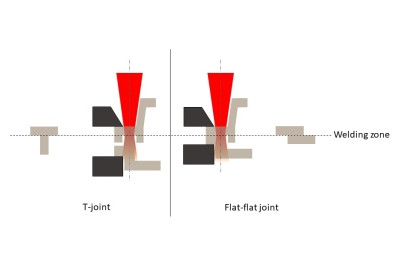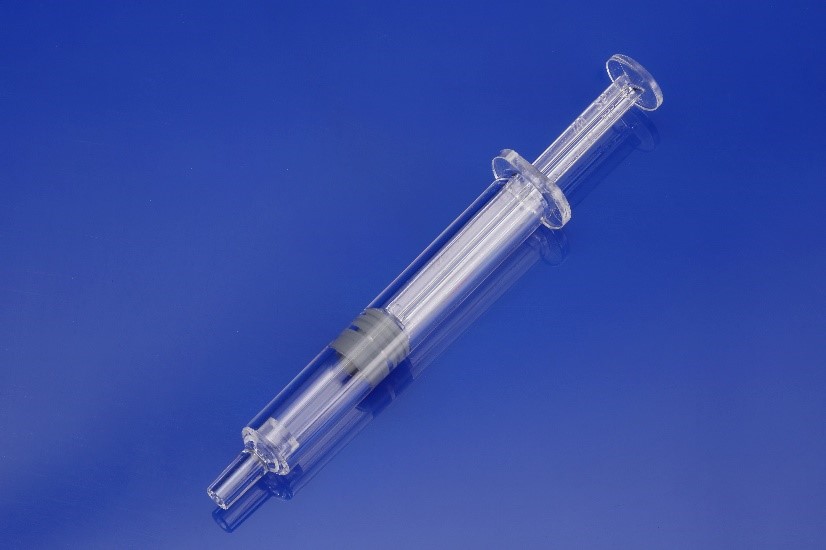
Another special type of laser welding of plastics is the 2 µm process. This uses a laser beam with a special wavelength that is in the range of 1,500 – 2,000 nm (1.5 to 2.2 µm). (Otherwise, welding is usually done with a wavelength in the range of 800 to 1100 nm).
ADVANTAGE: WITHOUT ABSORBERS
With EvoClear (2µm process), two workpieces can be joined without an additional absorber, i.e. parts made of clear material, for example, as used especially in medical technology. But laser welding of uncolored material is also possible.

FIBER LASER FOR HIGH EFFICIENCY AND QUALITY
The main difference to conventional laser plastic welding lies in the way energy is introduced into the parts to be joined. The process exploits the property of most thermoplastics to absorb wavelengths above 1,500 nm (1.5 µm) more strongly in their uncolored natural state. The energy is essentially deposited not in the contact area of the two joining partners, but in the complete volume that is irradiated and penetrated. The laser beam enters at the surface of the plastic assembly and then continuously loses energy in the component, which heats the part.
Beam shaping plays a critical role in the heat introduced. In the joining zone, the energy density is so high that both joining partners are plasticized. In all other irradiated areas, the energy input weakens so that no plasticization takes place.
